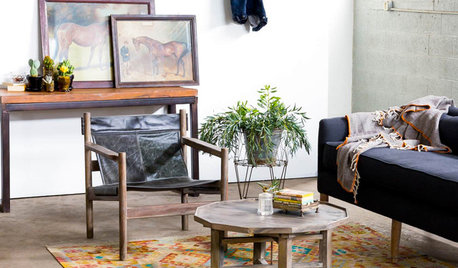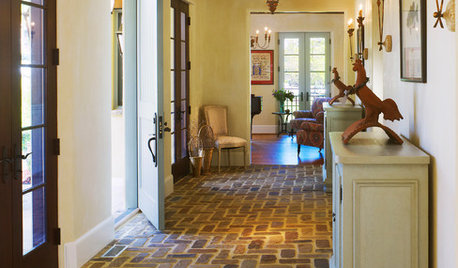Primer for weathered wood?
ElisabetK
18 years ago
Featured Answer
Sort by:Oldest
Comments (13)
ericwi
18 years agoElisabetK
18 years agoChristopher Nelson Wallcovering and Painting
18 years agochaz_oh
18 years agoElisabetK
18 years agoericwi
18 years agoterryr
18 years agobus_driver
18 years agohousekeeping
18 years agoMichael_H
18 years agoterrence67
18 years agohotzcatz
18 years ago
Related Stories

GARDENING AND LANDSCAPINGSpring Party Primer: 20 Ideas for Fabulous Fetes
Roll out the green carpet. On a lawn or in your living room, your spring party will be a hit with these tips and ideas
Full Story
SHOP HOUZZShop Houzz: The Warm Look of Weathered Wood
Channel rustic sophistication with weathered wood furnishings and decor
Full Story0

WINTER GARDENINGHow to Help Your Trees Weather a Storm
Seeing trees safely through winter storms means choosing the right species, siting them carefully and paying attention during the tempests
Full Story
SHOP HOUZZShop Houzz: Weathered Furnishings for Every Room
Get a charmingly timeworn feel with distressed and reclaimed materials
Full Story0

POOL HOUSESNew Pool House Comes by Its Weathered Look Naturally
The Texas Hill Country structure is made from materials salvaged from a dilapidated sharecropper's house and an old barn
Full Story
Perfectly Imperfect: Weathered Details for Your Home
Scratches, dents, rust and peeling paint add unique appeal
Full Story
SHOP HOUZZShop Houzz: Weathered Elegance
Strike a breezy balance between romantic and rustic
Full Story
FEEL-GOOD HOMEEmbrace a Few Beautifully Weathered Surfaces for a Happy, Durable Home
You don’t need to worry so much about scuff marks and dings when you accept the character and beauty of wear
Full Story
HOUSEKEEPINGLower Your Heating Bills With Some Simple Weather Stripping
Plug the holes in your house this winter to make sure cold air stays where it belongs: outside
Full StoryMore Discussions











dadgardens